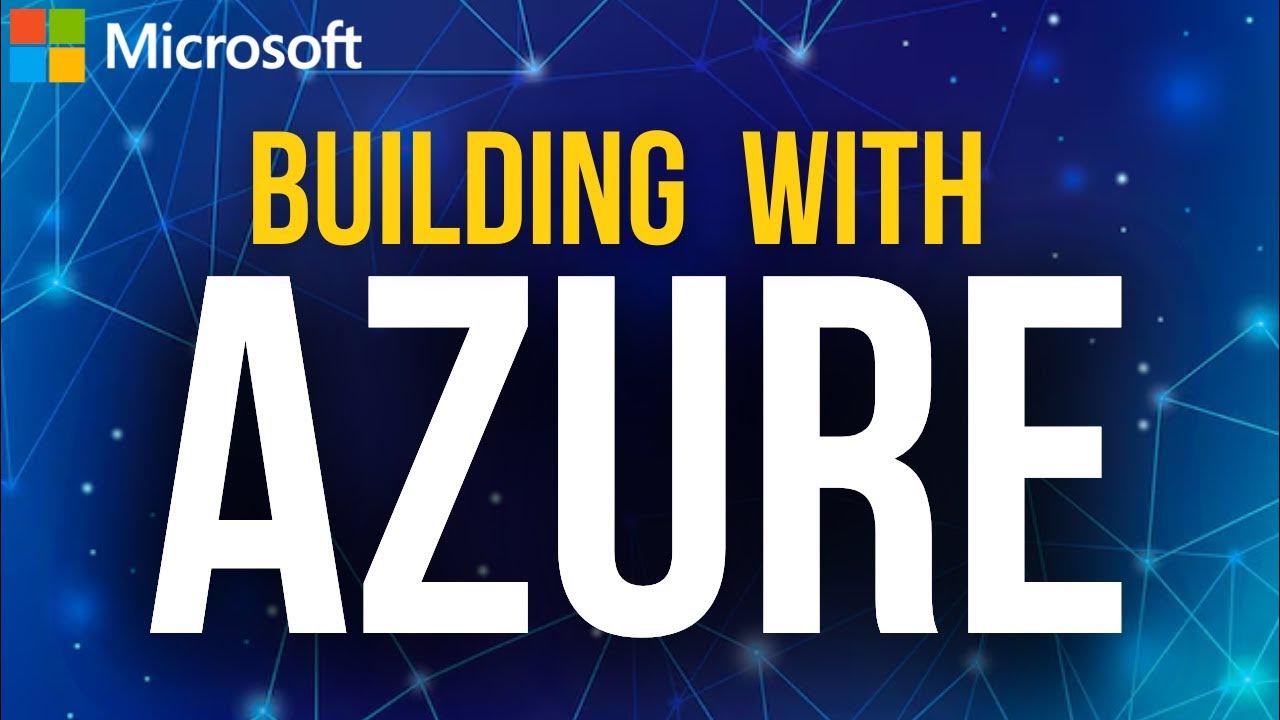Multicloud Development with Microsoft Azure and Oracle Database Cloud | Oracle DatabaseWorld AI Edit
Summary
TLDRこのビデオスクリプトでは、マルチクラウド開発におけるOracle ExadataデータベースクラウドサービスとMicrosoft Azureの活用について紹介しています。マルチクラウドは新標準となり、98%以上の企業が複数クラウドを利用または計画していると報告されています。データの主権、コスト最適化、ビジネスの柔軟性とイノベーション、そして合併・買収がその理由とされています。OCIを活用することで、異なるクラウドプロバイダー間の相互運用性の問題を解決し、統一されたセキュリティとパフォーマンスを維持しながら、クラウド間のデータベースとアプリケーションの遅延を最小限に抑えることが可能です。OracleとMicrosoft Azureのパートナーシップにより、OCI Azure Interconnectを通じた高速なネットワーク接続を実現し、OracleデータベースサービスをAzureに直接配置することで、企業はアプリケーションの移行、モダン化、イノベーションをスムーズに進めることができます。
Takeaways
- 🌐 マルチクラウドは新しい標準であり、98%以上の顧客組織が今後6か月で複数のクラウドを利用または計画しています。
- 🤝 OracleとMicrosoft Azureのパートナーシップは5年以上続き、顧客からの要望から始まりました。
- 🔌 OCI Azure Interconnectは、OracleとMicrosoft Azureのデータセンター間の低レイテンシネットワークソリューションです。
- 🚀 Oracle Database for Azureは、相互接続されたリージョンを自動化し、コスト効率的かつ迅速にOracleデータベースを使用する機会を提供します。
- 📍 Oracle DatabaseサービスがMicrosoft Azureリージョンに直接配置されることで、重要なアプリケーションの移行、モダン化、イノベーションが可能になります。
- 🛠️ Exadata Database Service on dedicated Infrastructureは、Oracle CloudをMicrosoft Azureに拡張し、専用のハードウェアを提供します。
- 🛒 顧客はAzure UIを使用してExadataインフラストラクチャをプロビジョニングでき、Oracleデータベースサービスを簡単に管理できます。
- 🔧 OCI CLIを使用すると、スクリプトやプログラムを通じてOracle Exadata Database Serviceのライフサイクル管理を自動化できます。
- 🌐 REST APIを利用することで、Oracle Exadata Database Serviceのプロビジョニングと管理をプログラムで行うことができます。
- 🏢 Terraformを使用すると、インフラストラクチャコードモデルに基づいて既存のインフラストラクチャを複製または再構築できます。
- 🔗 Visual Studio CodeやSQL Developerなどのツールを使用して、Oracleデータベースに接続できます。
Q & A
Oracle Exadataデータベースクラウドサービスとは何ですか?
-Oracle Exadataデータベースクラウドサービスは、Oracle社が提供するデータベースサービスであり、クラウド上でデータベースを実行するためのプラットフォームです。
マルチクラウド開発とはどのようなものですか?
-マルチクラウド開発とは、複数のクラウドプロバイダーを利用してアプリケーションやサービスを開発するアプローチです。これにより、データ主権、コスト最適化、ビジネスの柔軟性やイノベーションを達成できます。
OracleとMicrosoft Azureの間のパートナーシップは何年前から始まっていますか?
-OracleとMicrosoft Azureのパートナーシップは5年以上前に始まっており、顧客からの要望に応じて始まりました。
OCI Azure Interconnectとは何ですか?
-OCI Azure Interconnectは、OracleとMicrosoft Azureのデータセンター間で非常に低いレイテンシを提供するネットワークソリューションです。
Oracle Database for Azureはどのようなサービスを提供していますか?
-Oracle Database for Azureは、OracleデータベースサービスをMicrosoft Azureのリージョンに直接配置することで、顧客が迅速かつ効率的にOracleデータベースを使用できるようにするサービスです。
Oracle Database at Azureソリューションの特徴は何ですか?
-Oracle Database at Azureソリューションは、Exadata Database Service on dedicated InfrastructureをMicrosoft Azureの可用性ゾーン内に配置しており、顧客専用のハードウェアを提供します。
Azure UIを使用してExadataインフラストラクチャをプロビジョニングする際に必要な情報は何ですか?
-Azure UIを使用してExadataインフラストラクチャをプロビジョニングする際には、インフラストラクチャのシェイプ、使用するリソース数、データベースサーバー数、ストレージサーバー数、メンテナンスの方法などが必要です。
OCI CLIとは何で、どのような利点がありますか?
-OCI CLIはOracle Cloud Infrastructureのコマンドラインインターフェースで、データエンジニアや開発者がスクリプトやプログラムを通じてタスクを自動化できます。
REST APIを使用してExadata Database Serviceを管理することの利点は何ですか?
-REST APIを使用することで、プログラミングアクセスを通じてOracle Exadata Database Serviceをプロビジョニングおよび管理でき、HTTPリクエストメソッド(GET, POST, PUT, DELETE)を利用できます。
Terraformを使用してExadata Database Serviceを管理することの利点は何ですか?
-Terraformを使用すると、インフラストラクチャをコードとして扱うことができ、既存のインフラストラクチャアーキテクチャを新しいテナントやリージョンに複製または再構築できます。
Visual Studio Codeを使用してOracleデータベースに接続する方法は?
-Visual Studio Codeを使用してOracleデータベースに接続するには、Oracle Developer Tool extensionsをインストールし、OCIコンソールから得られる接続文字列情報を使用します。
SQL Developerを使用してOracleデータベースに接続する方法は?
-SQL Developerを使用してOracleデータベースに接続するには、OCIコンソールから得られる接続文字列情報を使用して、SQL Developerに入力します。
Outlines

此内容仅限付费用户访问。 请升级后访问。
立即升级Mindmap

此内容仅限付费用户访问。 请升级后访问。
立即升级Keywords

此内容仅限付费用户访问。 请升级后访问。
立即升级Highlights

此内容仅限付费用户访问。 请升级后访问。
立即升级Transcripts

此内容仅限付费用户访问。 请升级后访问。
立即升级浏览更多相关视频

OCI DevOpsで実現するコンテナアプリケーション開発のCI/CD

Java 21 - Language Features and Beyond

Building for Accessibility with Azure

The power of AI and Copilot for Azure Databases | BRK171

Build AI-powered apps on the infrastructure that runs Microsoft Teams

Feel the power of enterprise-class NGINX Plus without operational toil | StudioFP110
5.0 / 5 (0 votes)
